We Go Where Other Lubricants Can't
How Small is Nano Small?
Nanoparticles are microscopic objects with at least one dimension of less than 100 nanometers.
A Nano is one billionth of a meter.
To put that in perspective, a human hair is approximately 80,000 Nanometers thick.
Traditional Lubricants use micron-sized particles between 5,000 and 25,000 nanometers in size.
Nano Pro MT particles are all nanoscale or less than 100 nanometers.
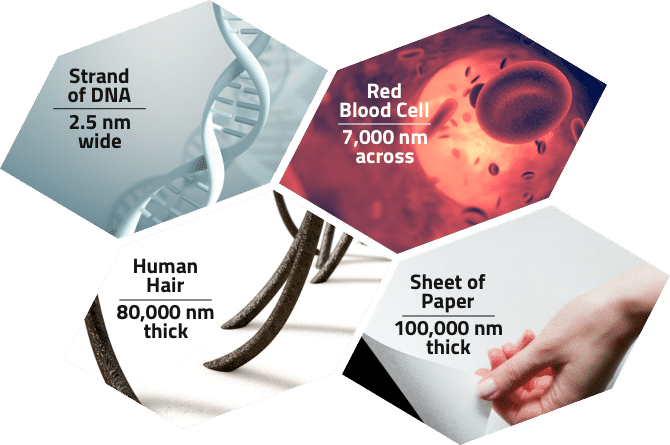
Traditional Lubricants vs. Nano Pro MT
MINERAL LUBRICANTS
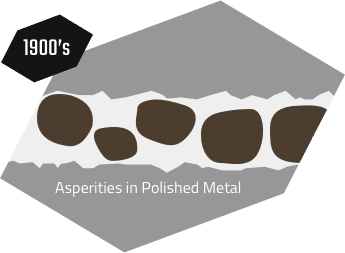
Standard Performance
19th-century technology – irregular size and shaped particles larger than 2,500 nanometers that oxidize and break down quickly under heat and load.
SYNTHETIC LUBRICANTS
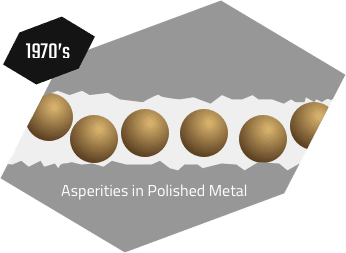
High Performance
20th-century technology – molecules approximately 2,500 nanometers in size offer better performance under high heat conditions.
NANO PRO MT LUBRICANTS
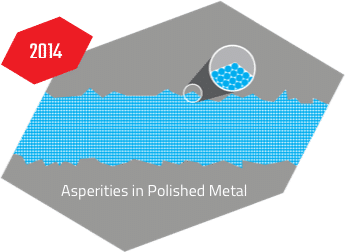
Peak Performance
Nanoscale particles 200-250 times smaller than synthetic create a much higher surface area to move heat and vastly reduce the oxidation of additives.
Nanoparticles Increase Surface Area
Why is This Important?
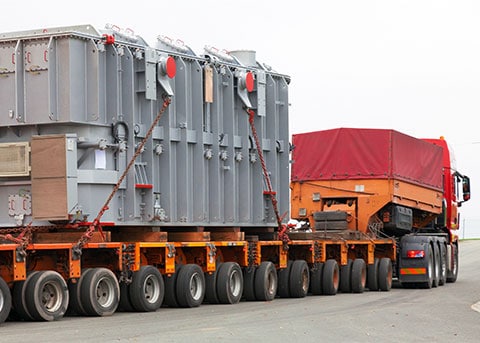
Think about a heavy haul situation where you see extremely heavy loads spread out across many axles and wheels in order to reduce the load per square foot – reducing the rolling resistance required to move the load. Nano Pro MT Nanomaterials effectively create a rolling surface of billions of nanoscale ball bearings to allow the fluid, grease or oil to carry higher loads before generating friction which creates heat and wears metal.
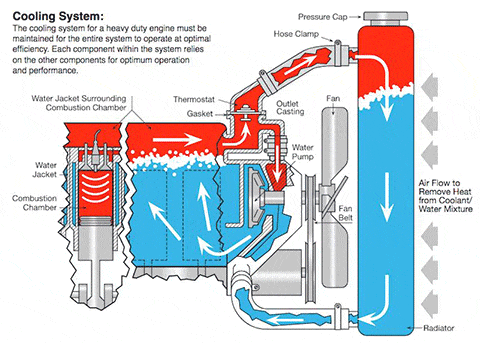
Think about an engine’s cooling system using coolant circulating from the hot areas of the system then through to a radiator where the heat is dissipated through cooler air passing over cooling fins. The larger the radiator, the more cooling fins. The more cooling fins, the more thermally efficient the system. Nano Pro MT nanoscale particles increase the fluids ability to move destructive heat faster while promoting more stable operating temperatures. By doing this it allows the system to operate more efficiently and with fewer temperature spikes.


© 2025 Nano Pro MT®. All rights reserved
Site design by Fifty/Fifty

